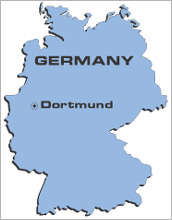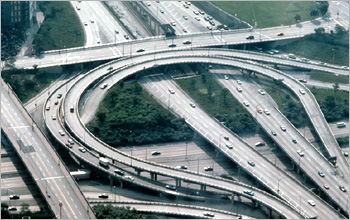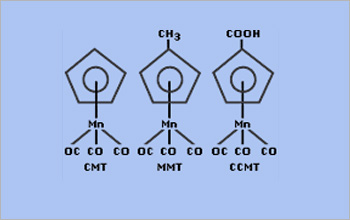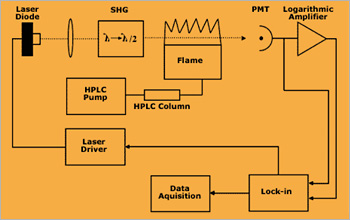All Images
Research News
It’s Elemental: Detecting Toxicity in a Controversial Fuel Additive

The controversial fuel-additive MMT has been marketed in the U.S. since 1995. The health risks of widespread use of MMT remain unknown, however, because of insufficient knowledge of its combustion products.
Credit: Photos.com

In a collaborative effort funded by NSF's Office of International Science and Engineering, Principal Investigator Dr. David Butcher of Western Carolina University teamed with Dr. Kay Niemax and Dr. Michail Bolshov from the University of Dortmund, Germany, to develop an efficient method for identifying and quantifying the combustion products of MMT.
Credit: S2N Media

MMT and its degradation products were detected effectively by the new instrumentation in spiked samples of gasoline, human urine and water. Should MMT be put into widespread use, the risk of human exposure via surface water and groundwater could prove significant given the fact that MMT is relatively stable in groundwater.
Credit: Photos.com

Chemical structure of compounds detected by new instrumentation.
Credit: David J. Butcher

Experimental Arrangement for New HPLC-DLAAS Instrumentation.
In an effort to improve upon existing analytical methods for detecting toxicity in the fuel-additive MMT, Dr. David Butcher and his German colleagues have developed a low-cost, versatile technique by combining high-performance liquid chromatography (HPLC) with diode laser atomic absorption spectrometry (DLAAS).
Credit: David J. Butcher

Dr. David J. Butcher, Professor and Head Department of Chemistry and Physics, Western Carolina University
Credit: David J. Butcher


